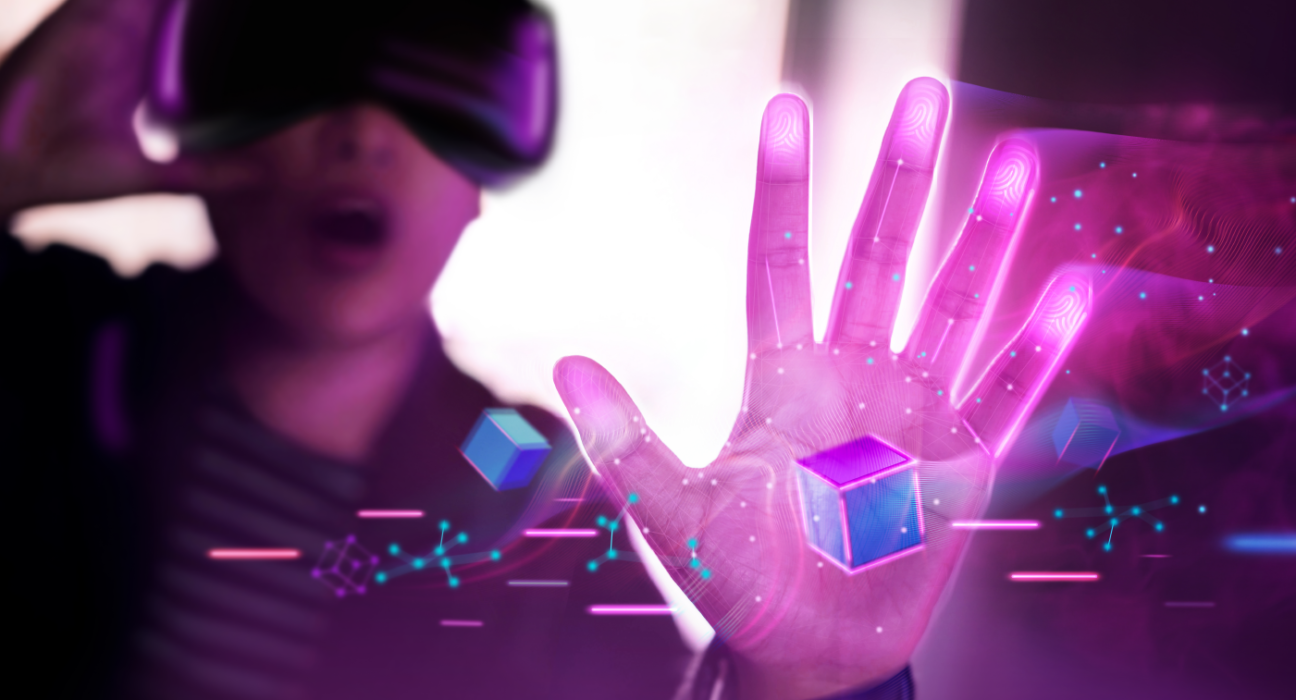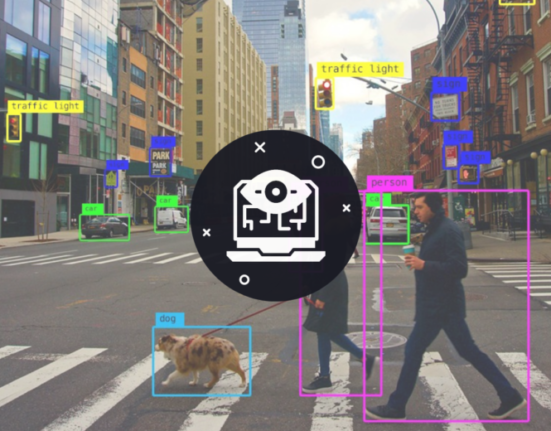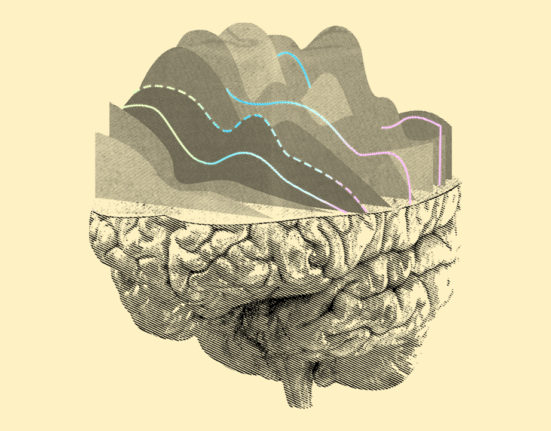When it comes to bleeding-edge, blow-your-mind tech, the trend always starts with a ton of scepticism. Things only start heating up once the tech moves from hobbyism to function — once early movers see some scale and larger brands start getting involved.
Think blockchain and crypto, smart contracts, NFTs. Think metaverse.
A blanket term for the multi-sensory virtual environments that can be accessed through consumer devices, the metaverse is perhaps best described by NPR as “the internet brought to life, or at least rendered in 3D.”
The metaverse(s) have started seeing tremendous growth. Industry leaders are rushing to seize this new opportunity. Meta (formerly Facebook) is famously investing billions of dollars in it. Consumers are excited about this shift too — 61 percent of consumers say they prefer retailers that offer AR experiences.
In 2021, Meta shipped 10 million units of the Oculus Quest 2 headset, surpassing Xbox sales. And on Christmas day, the Oculus app was the most downloaded app in the US.
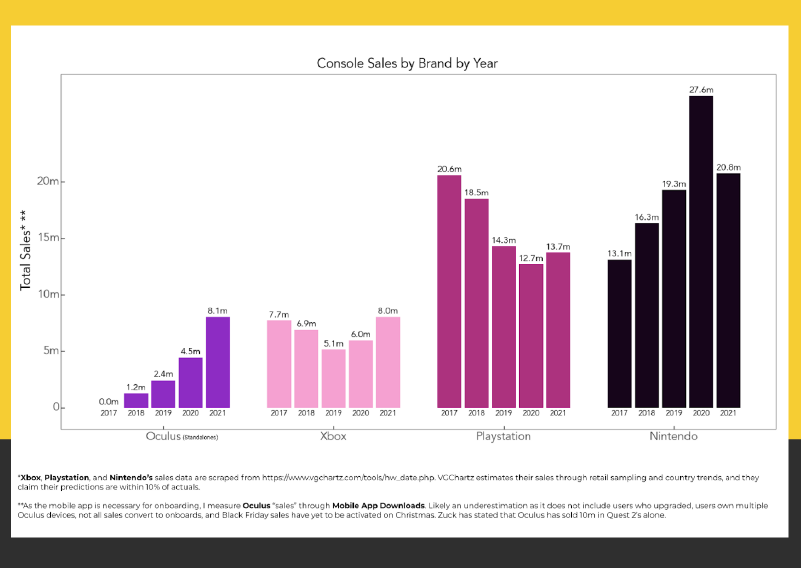
Clearly, augmented and virtual realities have been in the hobbyist realm for far too long and are now taking center stage. The metaverse is coming, and by 2025, immersive tech will be everywhere.
As with any new controversial technology, there’s plenty of scepticism as well. While some see the metaverse as a big part of the future (Team Zuckerberg and Horowitz), others see it as a pipe dream or privacy nightmare (the Musk and Dorsey gang).
Still, one thing we can be sure of is that this topic is on everyone’s mind. Which means it’s time for brands to start figuring out how they can use this technology to connect with customers and generate new opportunities. Brands that don’t want to spend years playing catch-up need to start putting their plans in motion now.
In this write-up, we combine one of the fastest-growing industries, retail and e-commerce, with one of the most controversial new technologies out there. Let’s take a look at how retail and e-commerce (or virtual commerce?) brands can get on the metaverse bus.
To visualize this, let’s use Decathlon as our anchor brand.
Why Decathlon + Metaverse
With over 1,700 big-box stores, 20 brands, 100,000 people in 60 countries, and an annual turnover of nearly $13 billion, Decathlon is the world’s largest sporting goods manufacturer. When it comes to omnichannel retail experiences — including in-store and online — Decathlon is one of the clear leaders.
In retail, nothing comes close to the shopping mall experience. The challenge — or aspiration — for e-commerce has always been to get as close to this as possible.
In the metaverse, the store comes to you. With virtual reality becoming less theoretical and more commonplace, customers are rewarding brands for these new experiences.
Brands like Gucci are launching stores in the metaverse, where shoppers can walk around, browse products, and make purchases, just like in a real store. In fact, Nike’s virtual shop went online as early as in 2019.
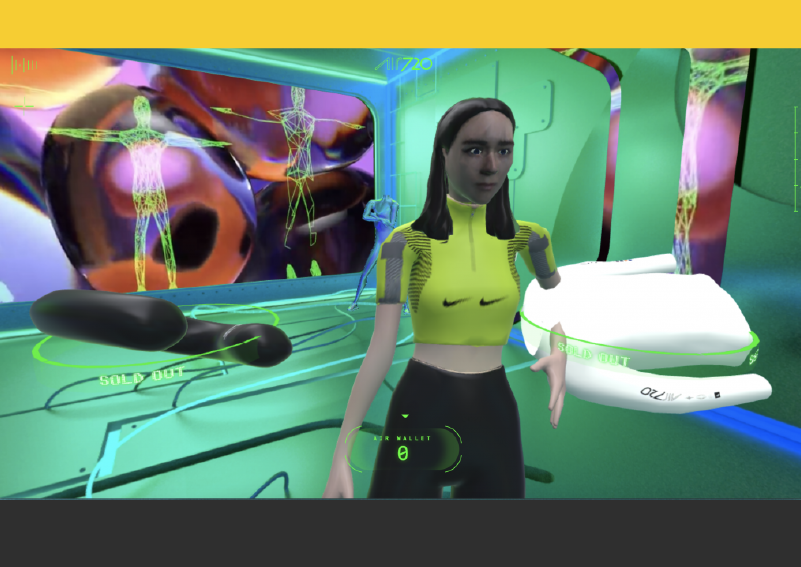
Similarly, exercise equipment company Capti is merging fitness with the metaverse. Its smart bikes allow users to participate in game-inspired immersive experiences through its large screen and gaming enhancements. Capti’s gaming experiences are created using Epic Games’ Unreal Engine, which means they’ll work with a variety of existing virtual reality environments.
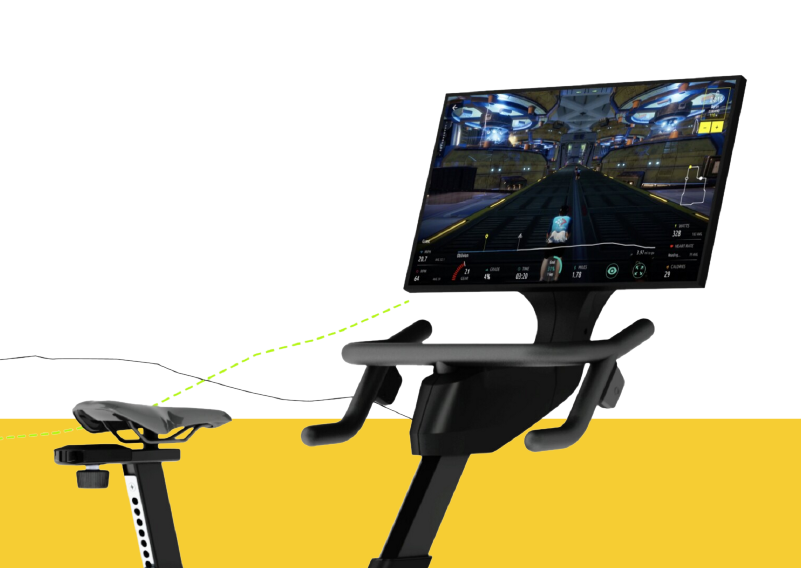
Meanwhile, luxury fashion house Balenciaga introduced its Fall 2021 collection via a 3D video game, Afterworld, created using Unreal Engine, while Louis Vuitton celebrated its founder’s 200th birthday with a mobile game that allows users to unlock stories about the brand’s origins.
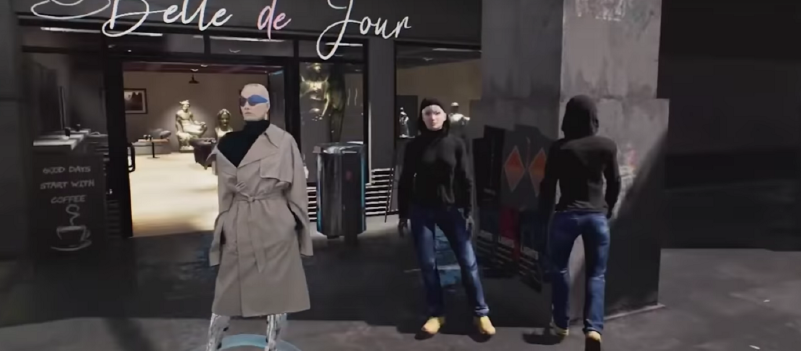
In the virtual world, there are no limits to what brands can achieve. And with its vast product line and global reach, Decathlon is primed to define the virtual retail experiences for its entire industry.
Visualizing Decathlon in the Metaverse
Here are some of the ways Decathlon could kick-start this disruption:
1. Virtual stores and showrooms
The most obvious yet effective step into the metaverse would be buying or leasing real estate in one of the metaverses that already have an active user base, and setting up a virtual, avatar-based retail store there. Allowing customers to view, explore, and modify products in a virtual space is the first step towards providing a virtual shopping mall experience that is both functional and impressive.
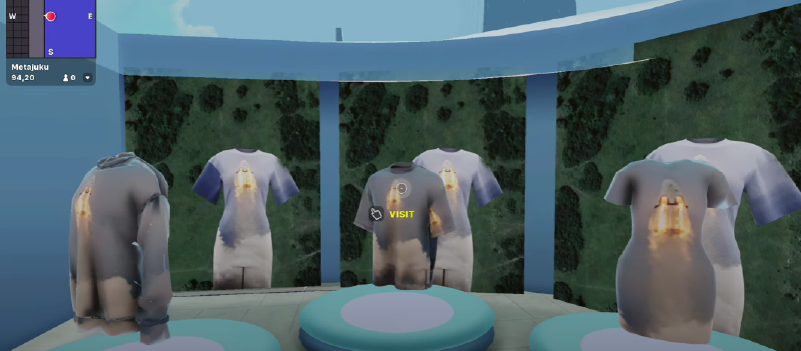
VR user experience may not be evolved enough yet to draw a lot of customers, but you can expect this to rapidly improve. Expect to be able to try on new clothes virtually and watch fashion shows from the first seat!
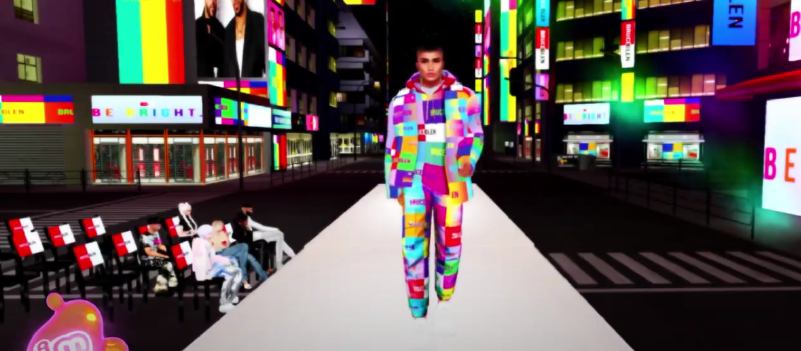
Stores in the virtual world aren’t limited by any physical boundaries — so visitors’ avatars could potentially travel across virtual locations, take tours, interact with other avatars, experience new modes of transport, and browse infinite aisles of inventory.
A sports gear brand like Decathlon could use its virtual stores to create immersive spaces that give visitors the opportunity to experience something new and memorable. For example, visitors could go scuba diving in virtual reality. Or experience camping in the middle of a forest or hiking in a national park.
Also, virtual after-parties and other such events could allow visitors to interact with professional athletes, sports enthusiasts, and celebrities from all over the globe, creating some truly unique experiences.
2. Connected physical and virtual product experiences
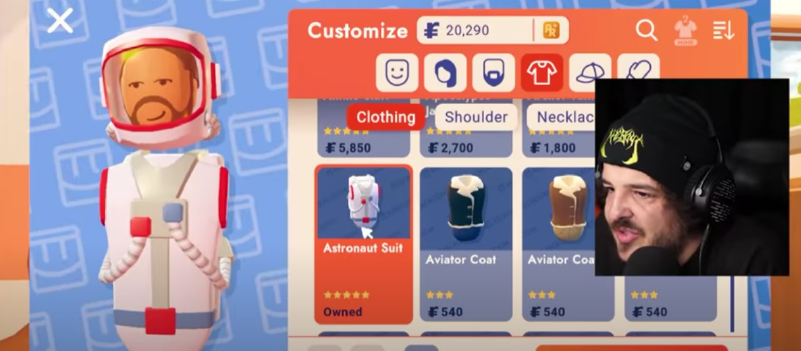
The purpose of connected realities is to provide a seamless experience inside and outside the metaverse. This means offering purchases that can be used in both the real and virtual worlds. If brands like Decathlon were to provide a digital version of purchased products, users could modify in-game clothing based on what they’ve purchased.
Ready-to-wear brand Zara has done just this, partnering with Ader Error to enter the South Korean metaverse Zepeto. The collaboratively created AZ Collection is available in real life as well as for users’ avatars.
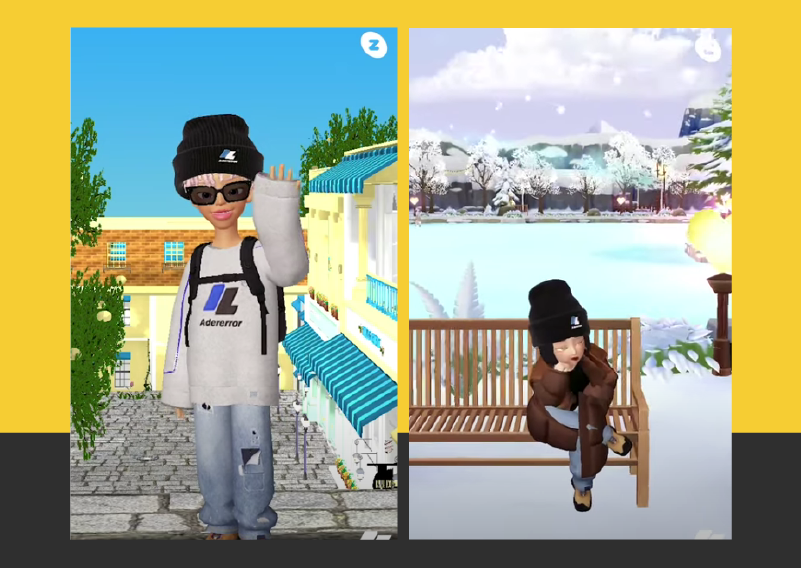
This may be useful for users as “avatar fashion” increases in importance and relevance. In the virtual world, avatars provide a channel for users to express their creativity and individuality. Avatars are expected to slowly replace usernames and profile pictures as the markers of our digital identities. Brands like Ralph Lauren and The North Face have started releasing what they call direct-to-avatar (D2A) clothing collections.
But this isn’t limited to clothing. Almost anything that we use in the physical world can exist in virtual form. Knowing this, brands like Tesla and Aston Martin have released virtual versions of their cars in Tencent Games’ Game for Peace.
Utilizing NFTs to provide limited-edition clothing could also be a fantastic opportunity. In December 2021, Adidas launched a line of NFTs called Into the Metaverse. NFT-owners gained access to exclusive co-branded physical merchandise as well as upcoming metaverse-based experiences, co-created with the community.
This interplay between the real and virtual worlds is something that brands like Decathlon need to explore — and slowly adopt as a new standard. Having a strong connection between the two will be the key to engaging users and getting loyal customers.
3. Immersive virtual mini-games
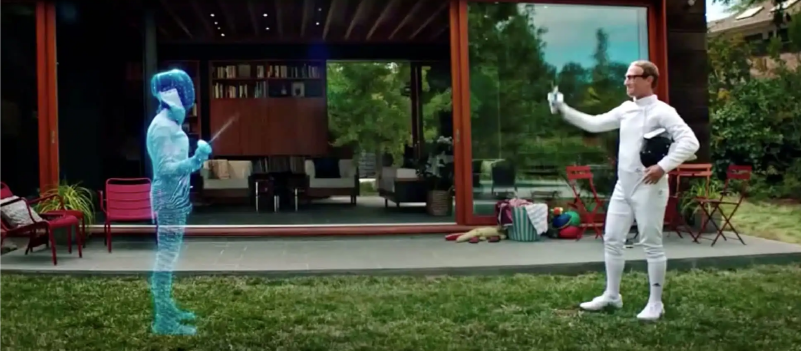
Most Decathlon stores have a number of experiences in common — TT tables to play on, areas you can ride a bicycle or skateboard, and sometimes a basketball hoop. Each of these can be set up as an immersive game that keeps their digital store as ‘real’ as possible.
Imagine shooting hoops or playing table tennis in the Sandbox (one of the popular metaverses out there) Decathlon showroom with other customers. Or how about an app where players can actually enroll in a VR Decathlon and play all 10 sports in virtual reality?
As a sports brand that emphasizes accessibility and a love for sports, Decathlon could also conduct training camps where people get to learn a new sport or skill, like archery, from a virtual instructor.
We can’t rule out that these games and experiences might soon become a primary offering of the brand, over time helping it expand into VR gaming as well (such as Roblox and Rec Room). Considering the ~$80b video game industry, we might just see the evolution of Wii sports coming from the sports brand.
Early movers can expect big rewards
Of course, this won’t all be smooth sailing.
Since the majority of their audience might need some time to get comfortable with Web3 technologies, Decathlon’s first-mover advantage may not be as effective at first.
But we hope they’ll power through, as investing in the metaverse is sure to help them gain solid returns on their investment in a few years. If the brand can stay the course and keep experimenting with new applications of VR technology, we can expect them to make a significant impact during Web3’s infancy and beyond.

